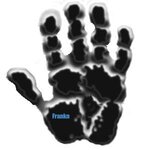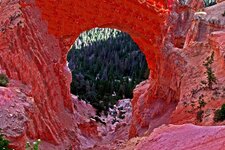sparkydog
Jr. Member
- Sep 28, 2008
- 59
- 19
- Detector(s) used
- Whites: Surf, Eagle II SL, GMT.
- Primary Interest:
- Prospecting
I'm thinking of "seeding" A clean area of my yard with various targets and trash to test detector settings for depth, recovery from trash nulls and ground tracking speed. It seemed simple enough at first but I have a ton of questions arrising as I consider what targets to plant at what depth and how far from my zip tabs, foil and nails. To further complicate matters I want to create sections of high mineralzation using both magnetic and non-magnetic black sand I brought home from my sluicing out west. Has anyone done this or given much thought on how best to create a serious test-bed which would yeild some good insights into the difference between different detectors in different set-up configurations? I'd appreciate any inputs that I could incorporate into a "plot plan". I would like to avoid reduntent situations or omissions while really wringing out various machines and learning how to optomize their settings for various conditions. Before adding my black sand "mineralization", the soil will be loamy, Pa. garden soil with a little clay down deeper. A layer of sand and rock salt is not out of the question and my targets will be clads, silver and even a couple of gold nuggets and pickers in plastic bags.
Amazon Forum Fav 👍
Upvote
0








